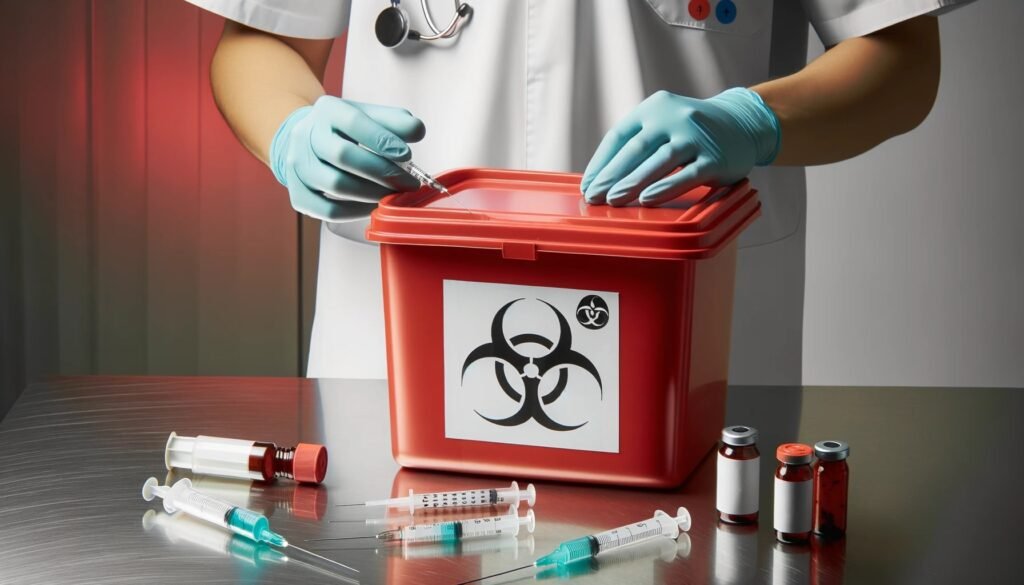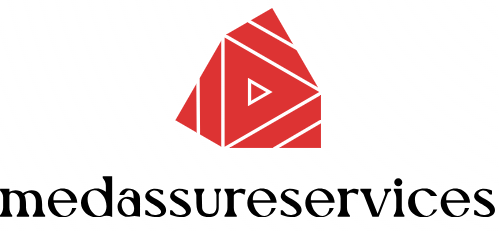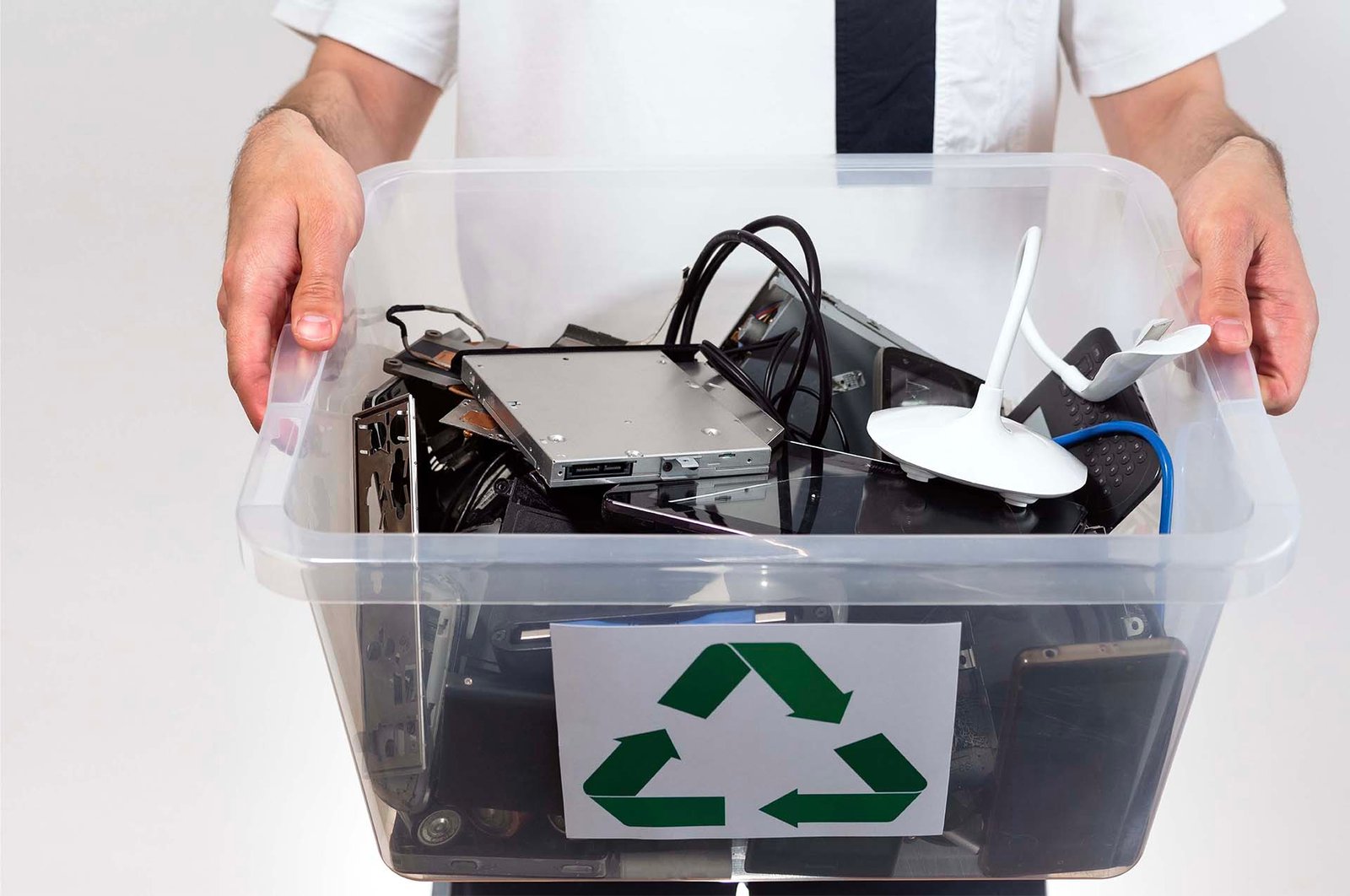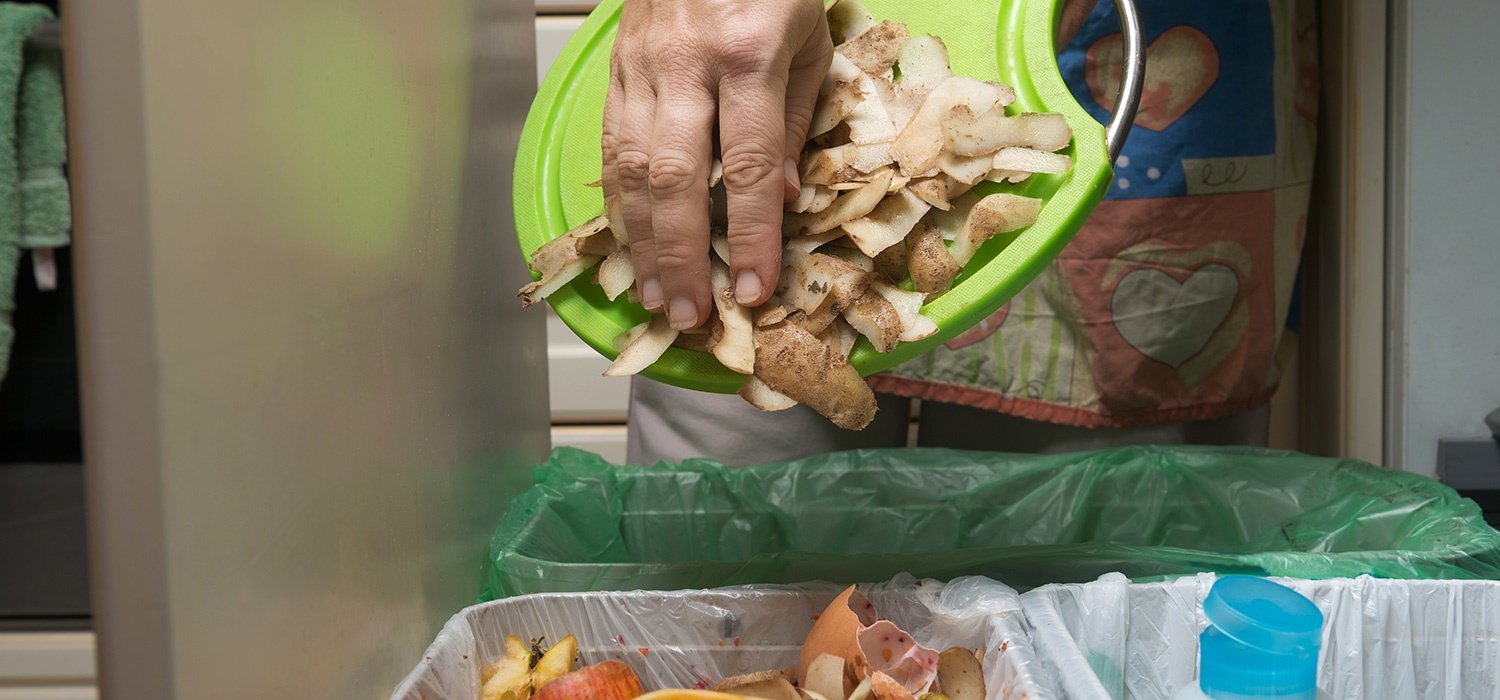Proper medical waste disposal is crucial for safeguarding public health and the environment. Medical waste includes a variety of items such as needles, surgical instruments, and pharmaceutical waste, all of which can pose serious health risks if not disposed of correctly. This article will explore the best practices for medical waste disposal to ensure safety and compliance with regulations.

1. Understanding Medical Waste
What is Medical Waste?
Medical waste refers to any waste that is generated in healthcare facilities, including hospitals, clinics, and laboratories. This waste can be classified into several categories, such as:
- Biological waste: Includes any materials contaminated with bodily fluids, such as blood-soaked dressings.
- Sharps waste: Items like needles, blades, and other sharp instruments that can cause injuries.
- Pharmaceutical waste: Expired or unused medications that require special disposal.
- Chemical waste: Waste that contains hazardous chemicals, often found in laboratories.
Understanding these categories is the first step toward effective disposal.
Regulations and Guidelines
Before diving into disposal methods, it’s essential to be aware of local and federal regulations regarding medical waste disposal. These regulations are designed to protect health care workers, patients, and the environment from potential hazards. Regularly review guidelines from the Environmental Protection Agency (EPA) and the Occupational Safety and Health Administration (OSHA) to stay compliant.
2. Implementing Proper Disposal Methods
Segregation of Waste
One of the best practices for medical waste disposal is to ensure proper segregation at the point of generation. Different types of waste should be placed in appropriately labeled containers to avoid cross-contamination.
- Color-coded containers: Utilize color-coded bins for various waste categories. For example, red bags are often used for biohazard waste, while sharps should be disposed of in puncture-resistant containers.
- Educate staff: Conduct training sessions for all personnel on the importance of waste segregation. This ensures that everyone understands where to dispose of different types of waste correctly.
Safe Disposal of Sharps
Sharps waste can pose significant risks to both healthcare workers and the public. Therefore, it’s vital to follow safe disposal practices:
- Use designated containers: Always dispose of needles, blades, and other sharp instruments in designated sharps containers that are puncture-resistant and leak-proof.
- Never overfill containers: Regularly monitor the fill level of sharps containers and replace them when they are three-quarters full to prevent spills and accidents.
3. Utilizing Waste Disposal Services
Partner with Certified Medical Waste Disposal Companies
Outsourcing medical waste disposal to certified companies is often a reliable option for healthcare facilities. These companies specialize in the safe handling, transportation, and disposal of medical waste.
- Research providers: Look for reputable medical waste disposal companies in your area. Ensure they comply with local and federal regulations.
- Schedule regular pickups: Establish a routine for waste pickups to prevent accumulation and ensure timely disposal.
Track and Document Waste Disposal
Keeping accurate records of waste disposal is another critical practice. This not only helps in compliance but also in identifying potential issues.
- Maintain logs: Create a waste tracking system to log the amount and type of waste generated and disposed of. This information can help identify trends and areas for improvement.
- Audit disposal processes: Regularly review waste disposal logs and practices to ensure compliance and identify any discrepancies.
4. Educating Staff and Patients
Training Programs for Staff
Education is key to ensuring effective medical waste disposal. Regular training programs should be implemented for all healthcare staff to keep them informed about current practices and regulations.
- Conduct workshops: Hold workshops that cover the importance of proper waste disposal and safety measures to protect themselves and patients.
- Use visual aids: Incorporate posters and handouts in staff areas to serve as constant reminders of best practices.
Patient Education
Patients also play a role in medical waste disposal, especially when it comes to home care and handling medications.
- Provide clear instructions: Educate patients about how to dispose of unused medications and sharps safely. Providing them with information can prevent potential hazards at home.
- Offer disposal options: Inform patients about local medication take-back programs or disposal events where they can safely dispose of unwanted medicines.
Conclusion
Adopting best practices for medical waste disposal is essential for protecting public health and the environment. By understanding the types of medical waste, implementing proper disposal methods, utilizing certified disposal services, and educating both staff and patients, healthcare facilities can significantly reduce the risks associated with medical waste. Ultimately, taking these steps contributes to a safer, healthier community.




